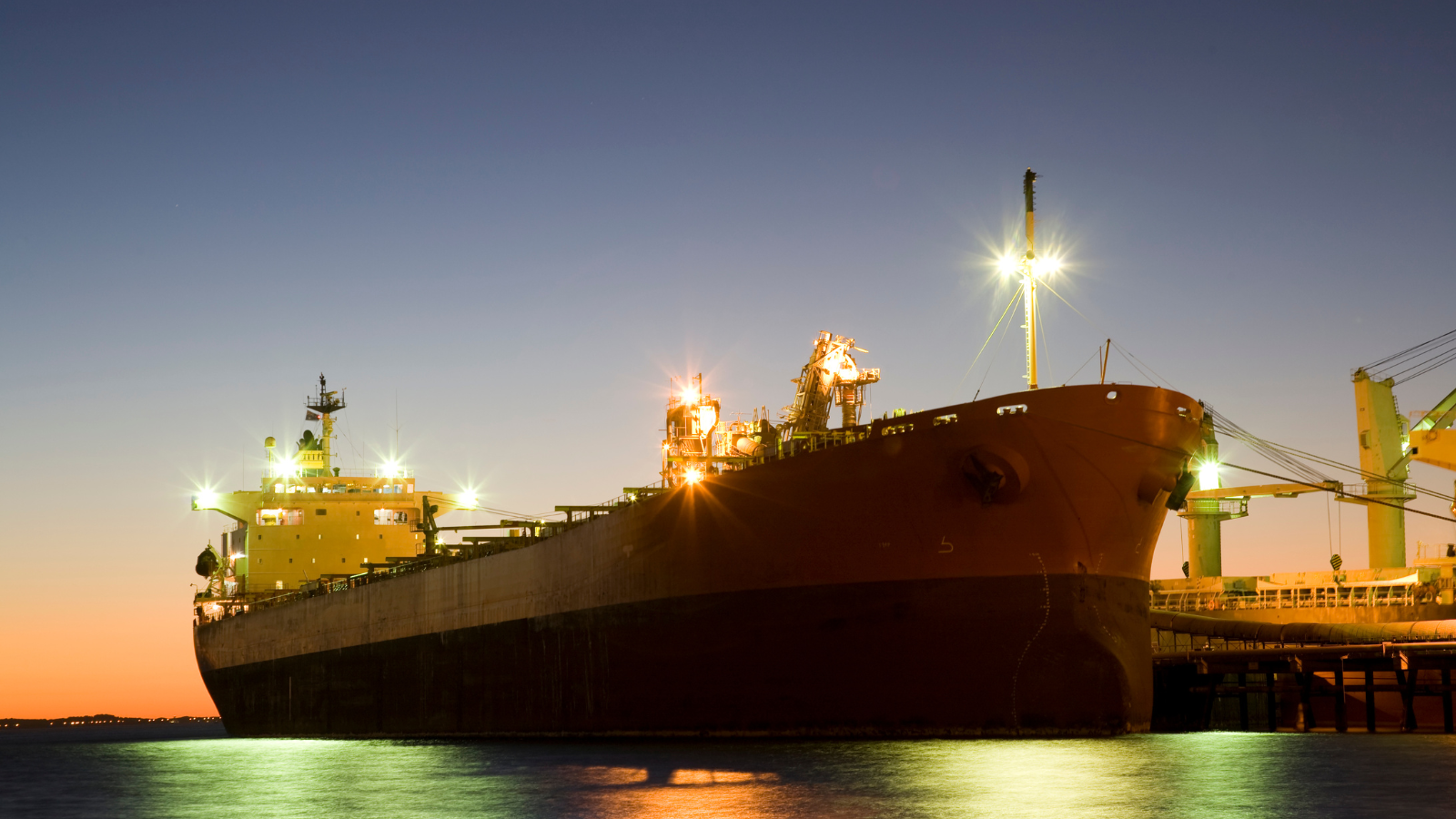Florida startup is challenging the Panama Canal

Speeding Evan Peters GIF By 20th Century Studios via GIPHY
🇵🇦 Florida startup is challenging the Panama Canal.
The Panama Canal has long served as a convenient shortcut for ships crossing between the Pacific and Atlantic Oceans, making up a series of lochs that serve a plethora of ships each day. This shortcut surpasses the long journey around Cape Horn at the tip of South America, taking ships through some of the most dangerous waters in the world. Now, a Fort Lauderdale, FL-based startup wants to make that shortcut even shorter. Zergratran (short for “zero gravity transportation”), the startup in question, is searching for funding that would support the construction of a tunnel that would whisk containers underground with the same technology that fuels Japan’s famous bullet trains. This tunnel would be dug in Colombia, just south of Panama, and would send containers coast-to-coast in under thirty minutes. Does this plan have legs?
The Panama Canal faced a shipping crisis due to a surplus of capacity, prompting restrictions that affected global trade.
The Panama Canal, a vital artery for global trade, is facing a serious challenge as its water levels plummet to historic lows.
The dry season in Panama is here, and it's causing some serious turmoil for trade through the Panama Canal.
Climate change is causing a major headache for global trade as an unprecedented drought in the Panama Canal disrupts container traffic.
Shipping giant Maersk has informed clients that vessels carrying freight from Oceania (Australia and New Zealand) will no longer transit the Panama Canal due to ongoing low water levels caused by a severe drought.
Despite Panama Canal transit restrictions and efforts to curb capacity, carriers have been adding approximately 20% of incremental capacity on the Asia-US East Coast route since the end of August.
Panama is experiencing one of its driest rainy seasons on record, leading to lower water levels at the Panama Canal and restrictions on vessel weights and daily traffic.
The Panama Canal is grappling with the ramifications of a prolonged drought, resulting in low water levels and substantial vessel traffic congestion, which may persist for up to ten months, as reported by Athens-based shipbroker Intermodal.
The Panama Canal, grappling with drought conditions, has implemented a temporary measure to limit the number of new reserved passage slots in an effort to alleviate a bottleneck of ships waiting to transit without reservations.
The Panama Canal will continue to impose draft restrictions on shippers due to a drought that has caused water levels in its main lake to reach a four-year low.
The Panama Canal Authority marks the seventh anniversary of the expanded Neopanamax locks, which have transformed global shipping by accommodating larger vessels.
Ricaurte Vásquez Morales, the Administrator of the Panama Canal, recently discussed with CNBC's Lori Ann LaRocco the impact of drought on the Panama Canal and its implications for shippers.
The Panama Canal, facing its driest period in over a century, has imposed transit restrictions since May, leading to reduced container loads for large vessels.
Supply chain disruptions caused by water logistics constraints have recently made headlines, from the Suez Canal blockage to the weight and draft restrictions in the Panama Canal.
Panama has been experiencing an extended period of drought, with no signs of improvement in the coming weeks or the rest of the spring season
Caught on video, a container ship forced a tugboat to be pushed against a closed locked gate in the Panama Canal.
The Panama Canal has long served as a convenient shortcut for ships crossing between the Pacific and Atlantic Oceans, making up a series of lochs that serve a plethora of ships each day.
The port rotation includes three locations in Europe: Antwerp, Belgium, Rotterdam, Netherlands, and Tilbury, England.
With seventeen container ships sitting in a vessel queue outside of the Port of Savannah, Georgia’s harbor, it’s a pleasant relief after the reported thirty ships in line in October.
According to Bloomberg, 101 container ships are currently queuing for passage through the Panama Canal, making the average six more than typical.




















After a challenging six months marked by the driest October in 73 years, the Panama Canal is finally seeing a turnaround.